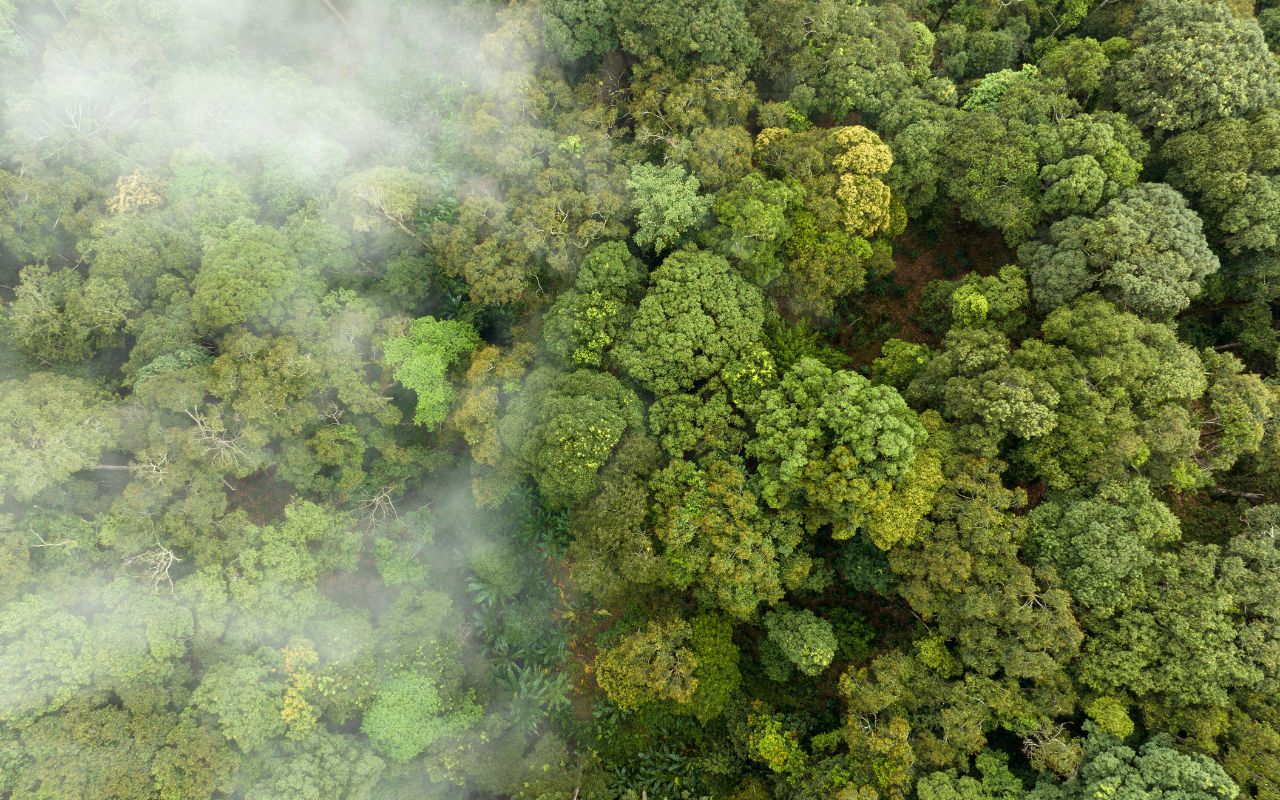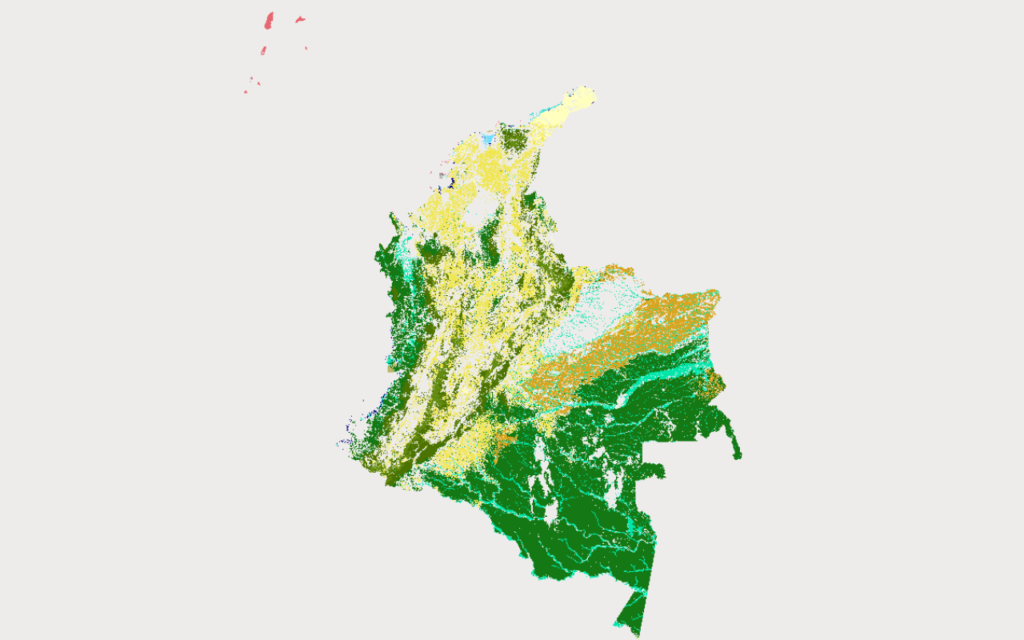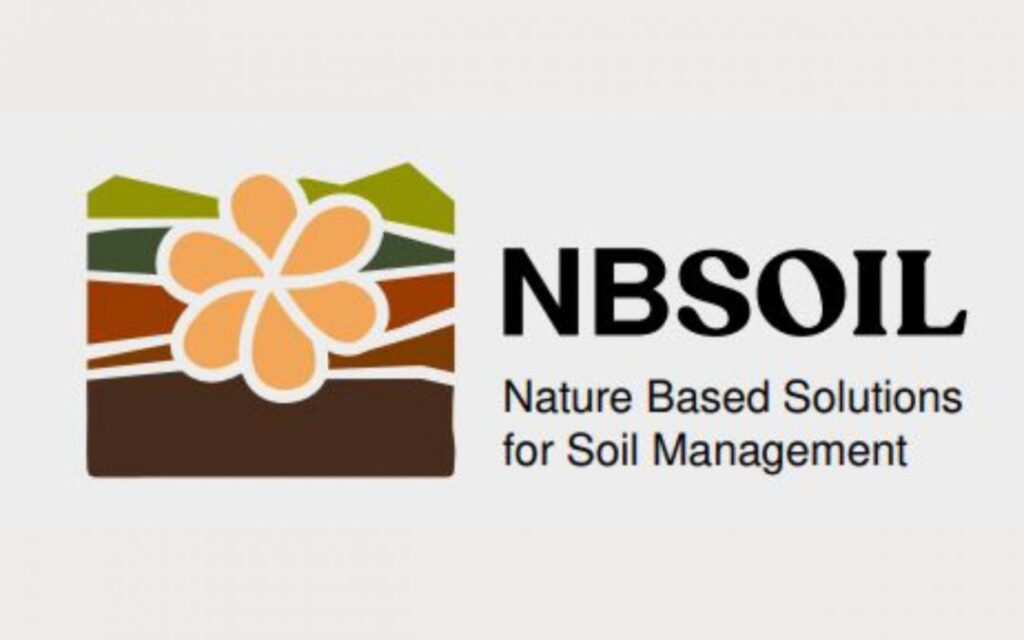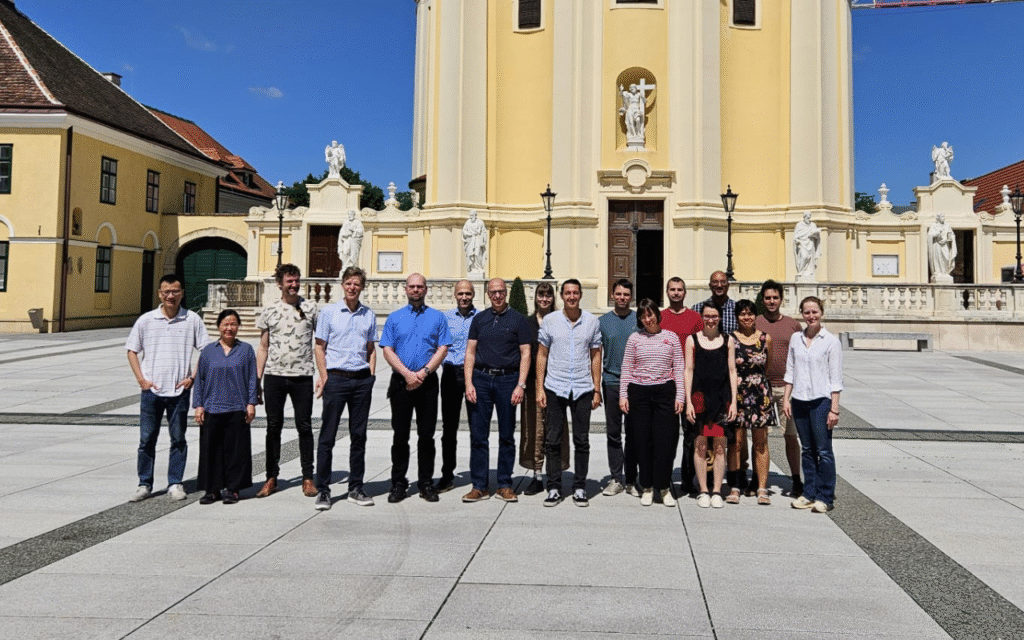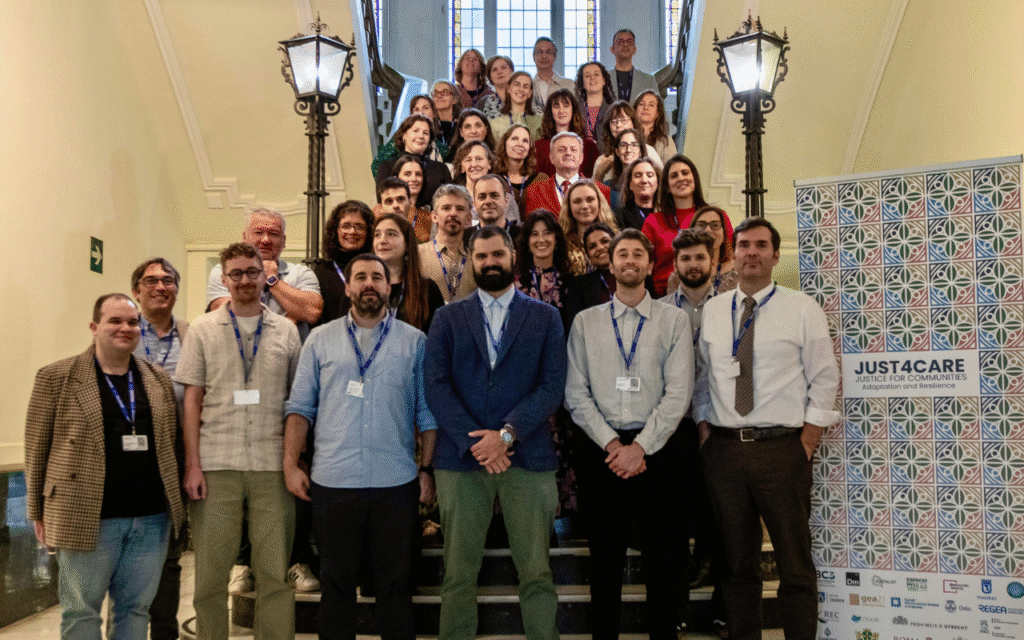The ARIES team has released annual global vegetation carbon stock trends from 2001 to 2020. This provides new insights into the spatiotemporal dynamics of vegetation carbon stocks worldwide, with important implications for global efforts to mitigate and adapt to climate change.
The ARIES team used an integrated approach to estimate above-ground and below-ground vegetation carbon stocks. They employed a model consistent with the IPCC methodology that incorporates various datasets and methodologies. The model takes into account different ecological variables, such as land cover classifications from the European Space Agency – Climate Change Initiative (ESA-CCI) dataset and ecological areas delineated by the Food and Agriculture Organization of the United Nations (FAO), to capture regional and continental specific characteristics.
“This study focuses on terrestrial vegetation and their carbon content, which is influenced by factors such as forest intactness and wildfires. The assessment of vegetation carbon stocks is comprehensive due to the inclusion of dynamic land cover data, primary forest information, and fire occurrence data.” Alessio Bulckaen, BC3
The annual global maps present the results at a spatial resolution of 300 meters. They highlight the significant contribution of forests to global vegetation carbon stocks, accounting for approximately 70.50%. Other land cover classes, such as shrub and herbaceous vegetation, agricultural vegetation, and wetlands, also make substantial contributions to carbon storage.
However, it is important to note that these results do not include contributions from coarse woody debris and soil organic carbon stocks, and may not align perfectly with country-level estimates due to differences in data sources, methodologies, and spatiotemporal scales.
“These outputs are based on the IPCC 2006 guidelines. In the next generation of the carbon model, the output will also be estimated using IPCC 2019 refinement. The current version doesn’t take into account after-fire and forest aging dynamics; and doesn’t embed uncertainty ranges for the results produced. Those are relevant aspects that our team is working on to integrate in ARIES, in order to provide more accurate results, based on the state-of-the-art scientific knowledge available.” Alessio Bulckaen
In conclusion, ARIES data on global vegetation carbon stocks from 2001 to 2020 is a significant milestone in our understanding of terrestrial carbon dynamics. This study provides valuable insights into global spatiotemporal trends related to climate change and proves the significance of nature-based solutions in addressing environmental challenges.
This study was commissioned by the World Bank and supported under the GPS and PROGREEN programs. Additionally, we are engaged in another collaborative effort with the World Bank aimed at producing Compilation of SEEA Environmental Accounts for Nasawara and Kaduna States. Stay tuned!
